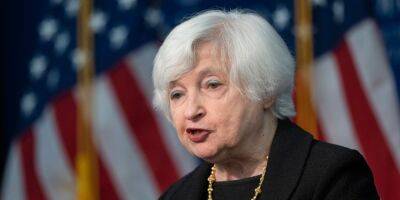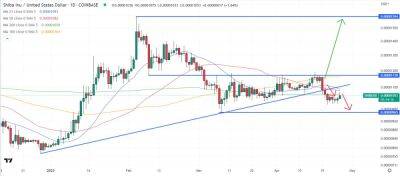Actively managed funds come with unique risks and rewards. Here's how investors can pick a winner
As investors navigate another uncertain year in markets, actively managed funds could add differentiated performance to their portfolios – if traders choose carefully.
Actively managed funds have historically underperformed passive strategies, but 2022 was a better year than most for stock pickers. Only a slight majority of large-cap equity fund managers lagged their benchmarks last year, according to S&P Global's SPIVA U.S. Scorecard. The firm noted that it was the lowest underperformance rate for the category since 2009.
To be sure, that's hardly a ringing endorsement. Investors can easily rack up high fees, as well as capital gains taxes, that make many actively managed funds a poor alternative to passively managed strategies that can mimic a benchmark at a lower cost.
Still, actively managed funds can have a better chance of outperforming during periods of volatility. Plus, they beat passive strategies in some lesser-ventured categories for investors besides U.S. large caps, according to S&P's research.
One actively managed exchange traded fund called JPMorgan Premium Equity ETF (JEPI) has a 9.59% yield, driving investor interest in the ETF. It currently has more than $7 billion in inflows this year, according to FactSet data.
For Jennifer Bellis, private wealth advisor at U.S. Bank Wealth Management, it depends on what the investor is trying to accomplish. Actively managed funds can help diversify portfolios, but investors will have to do their due diligence, she said.
«It's more about looking for the right manager and the right strategy,» Bellis said.
Here's how investors should go about deciding whether they should include actively managed funds in their portfolio – and what they should look for when
Read more on cnbc.com













